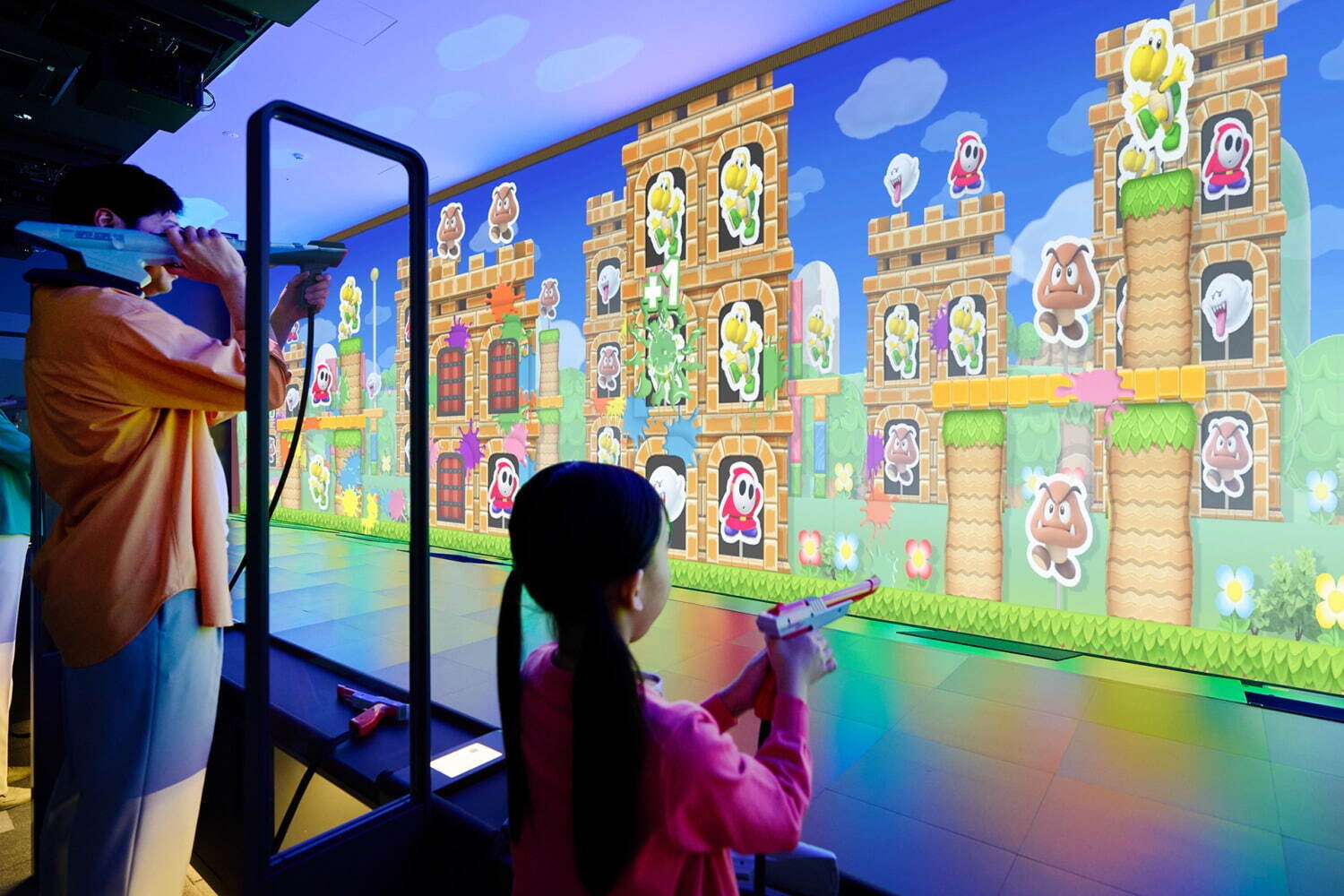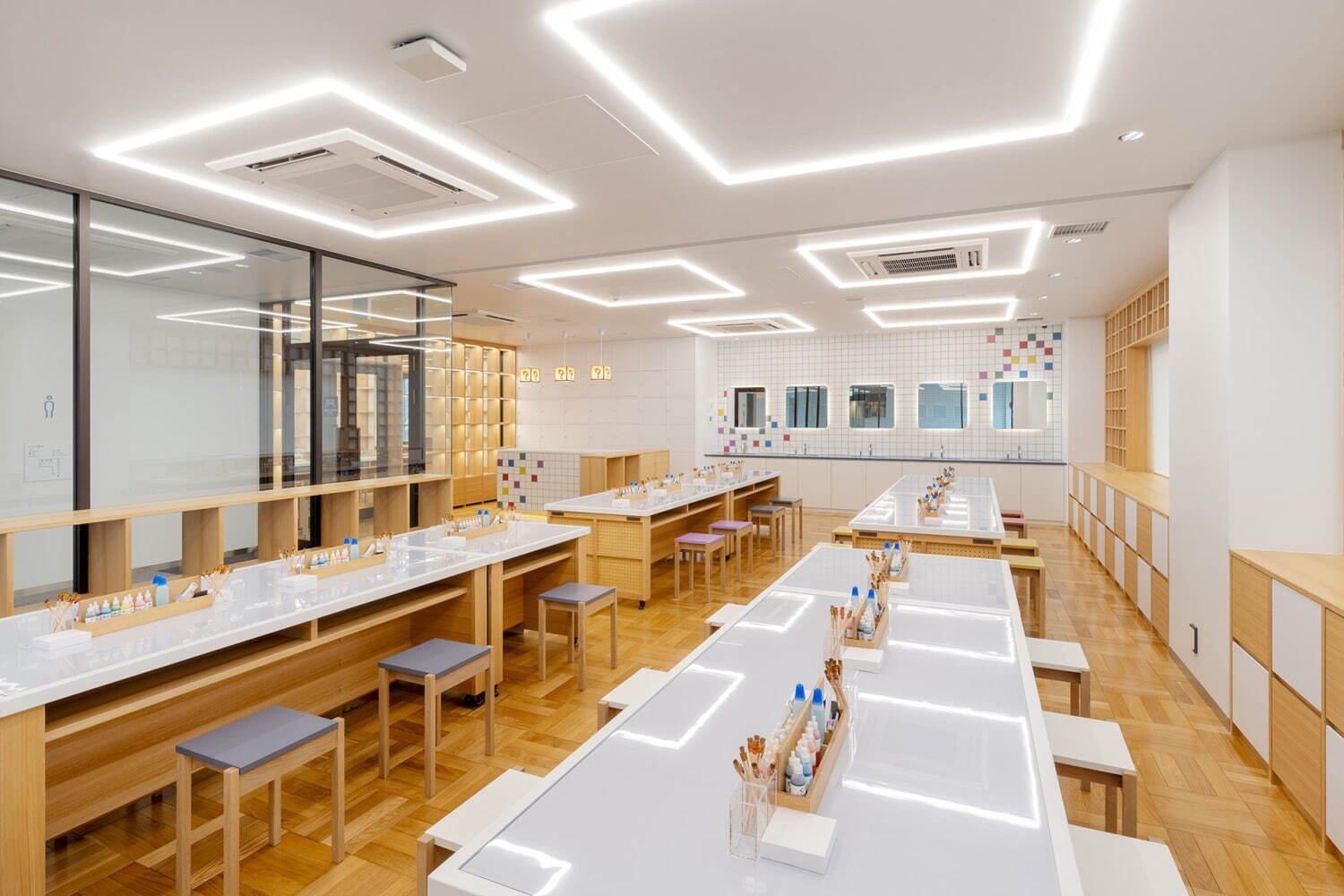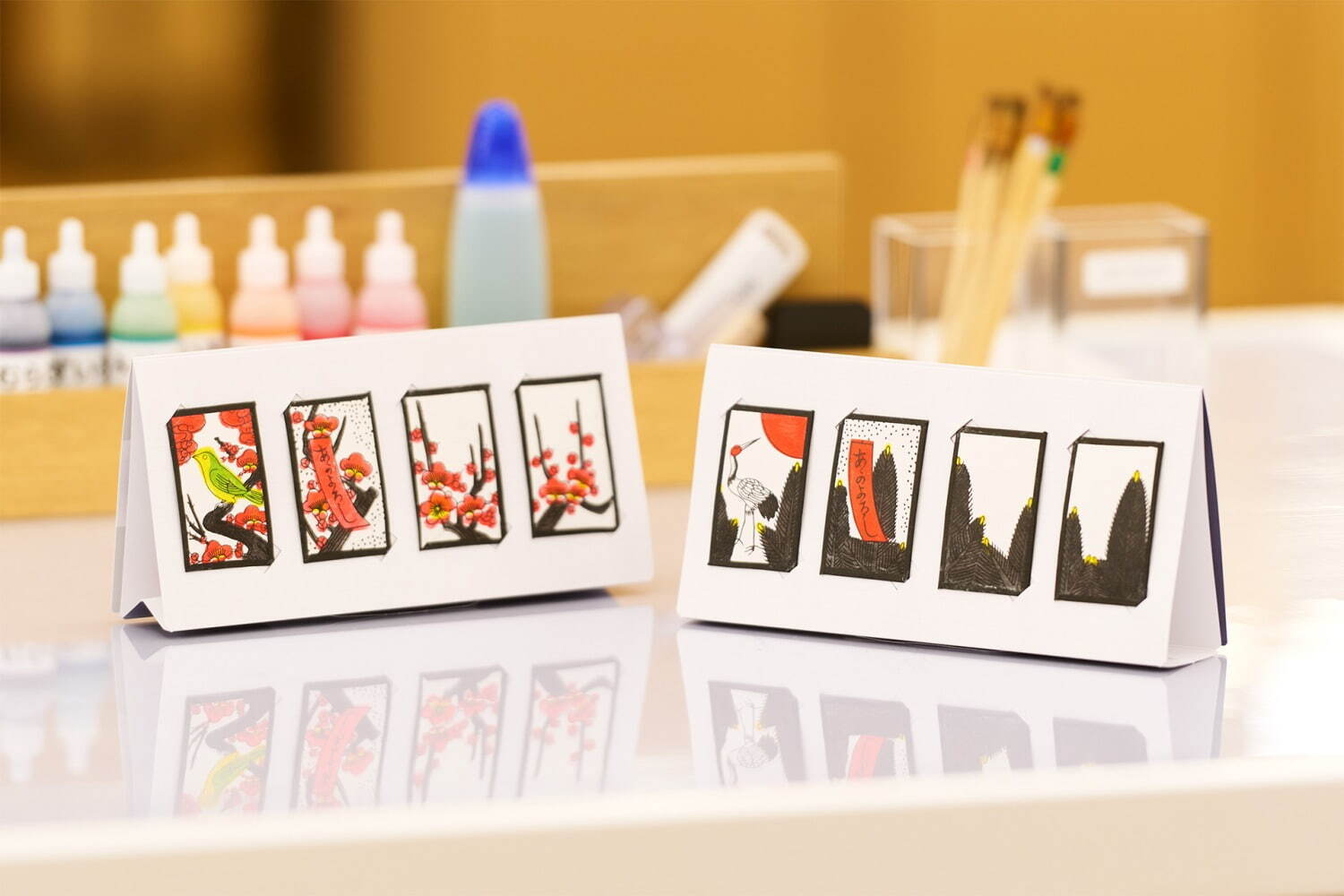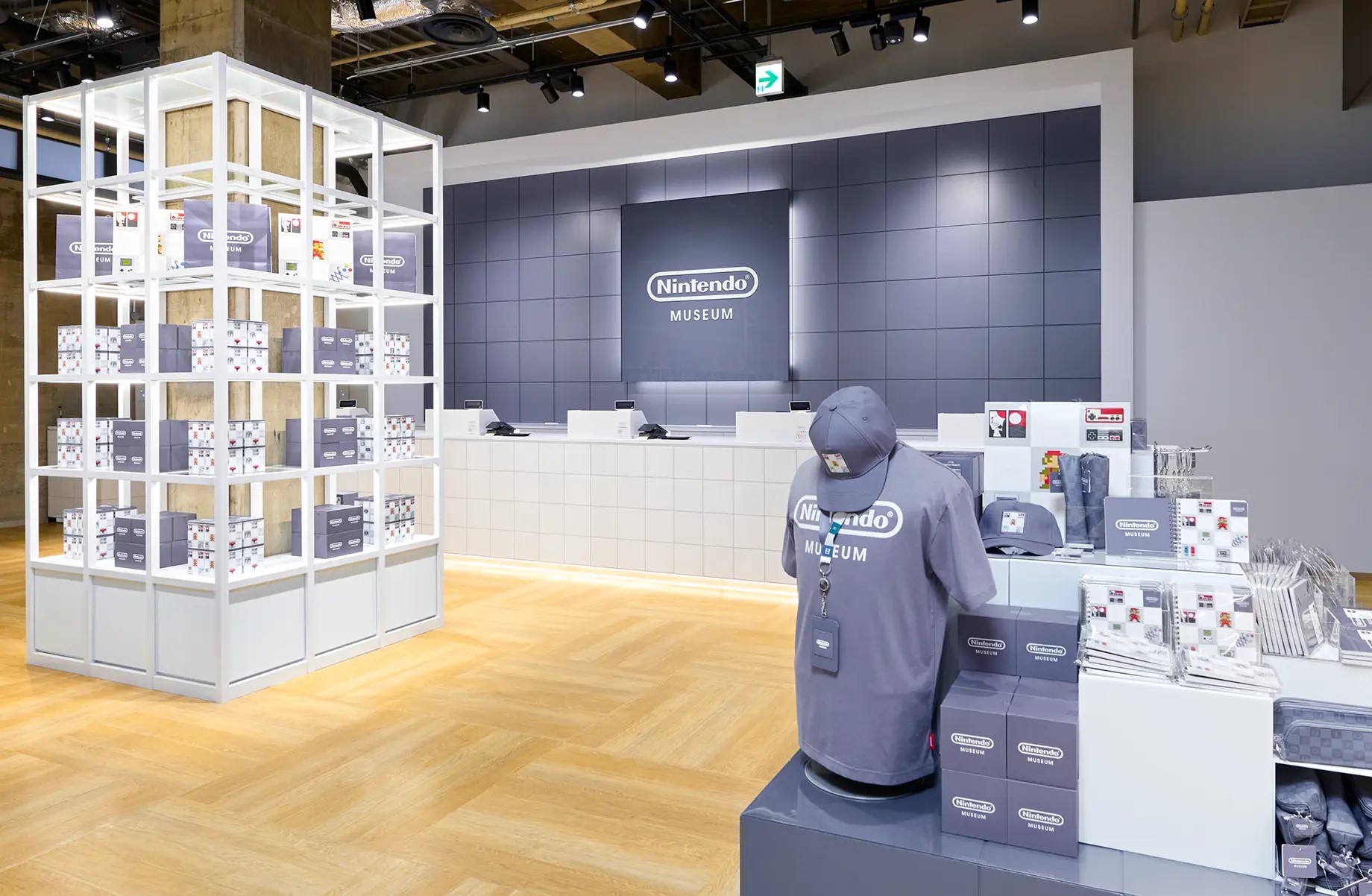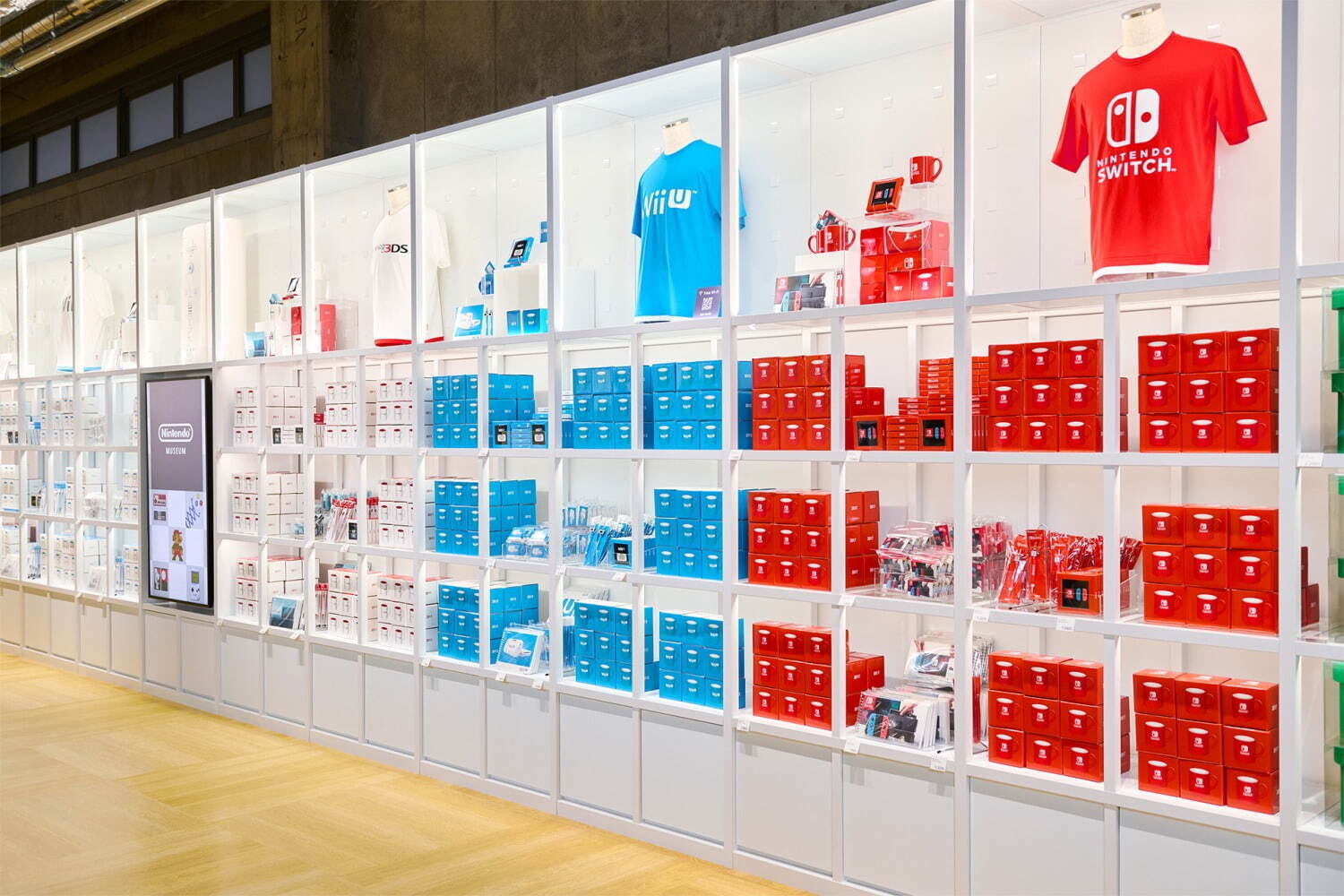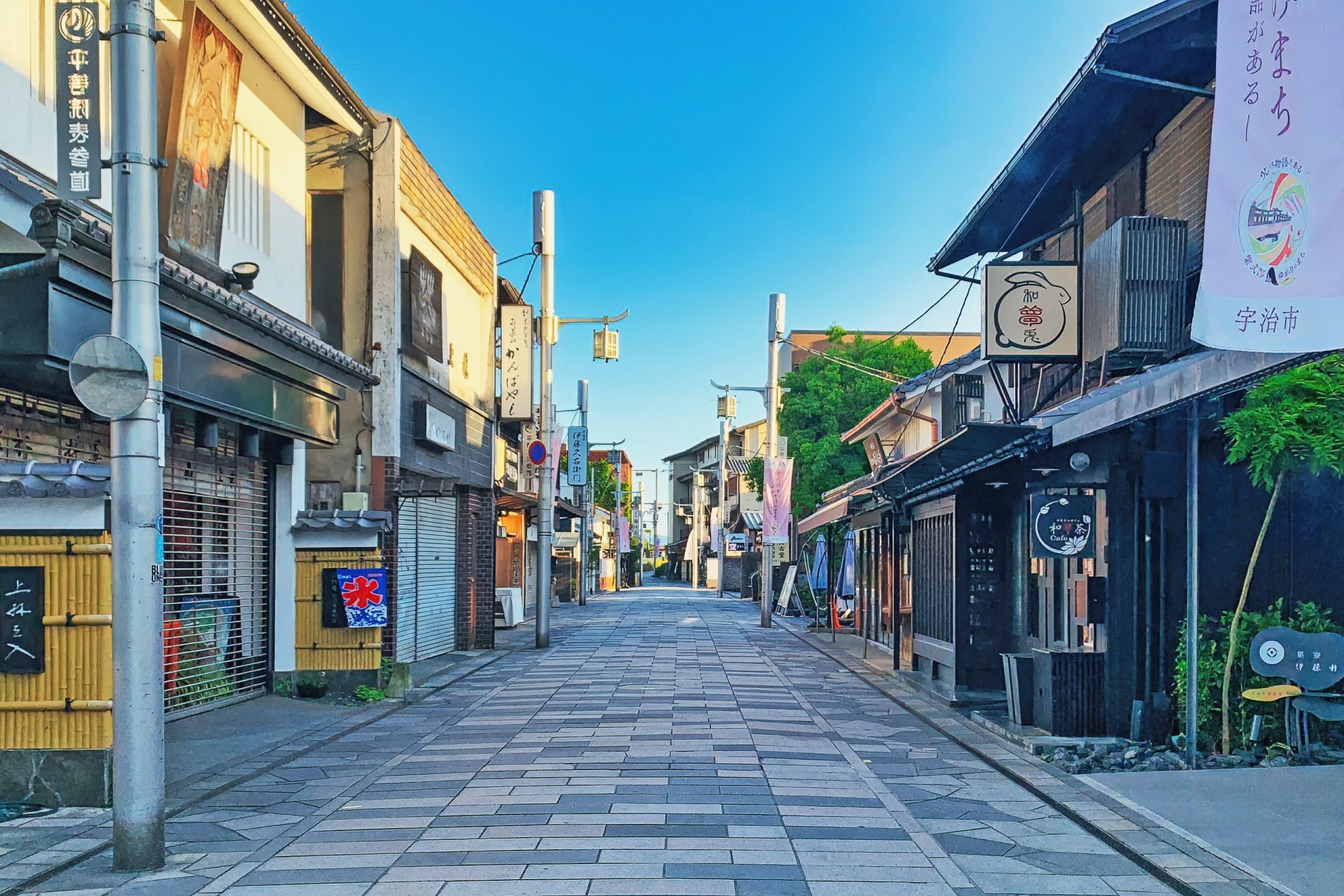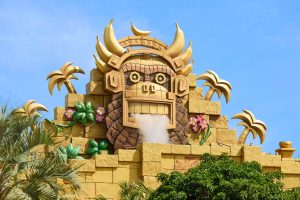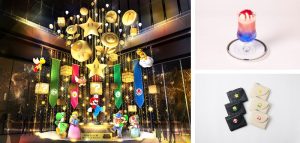Nintendo Museum, a Walk Through Gaming History
Guide to Kyoto’s Nintendo Museum
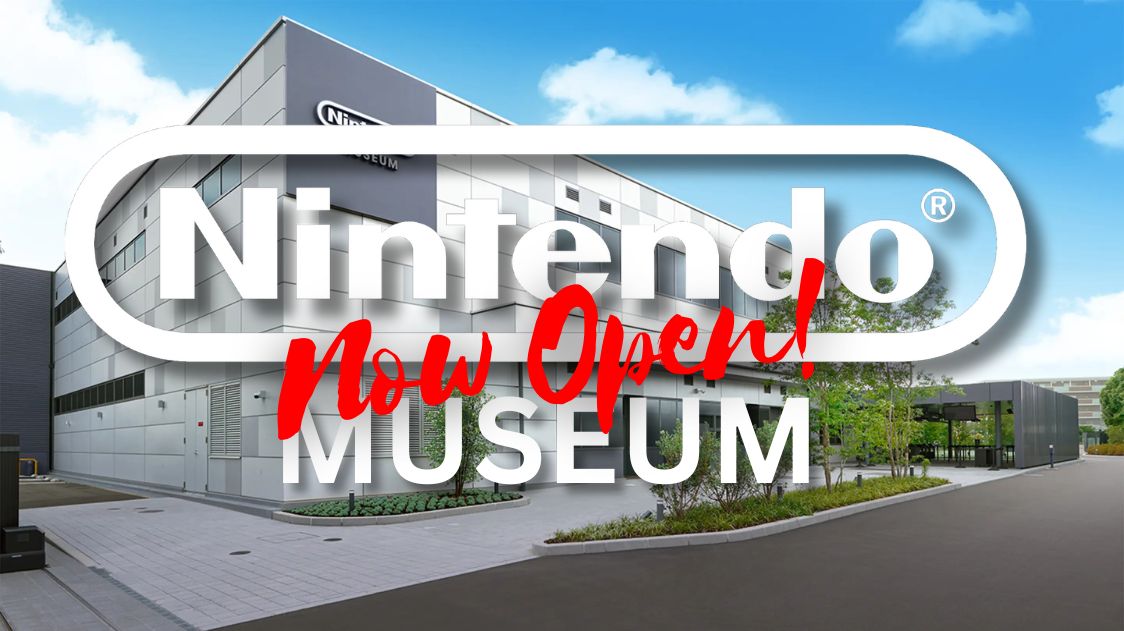
In the scenic city of Uji, mostly famous for its green tea in Kyoto Prefecture, the firdst Nintendo Museum in the world opened its doors on October 2, 2024, inviting visitors to explore the history of one of the world’s most influential gaming companies. Housed in the former Uji Ogura Plant, where Nintendo once produced playing cards and repaired consoles, the museum offers a comprehensive look into the company’s evolution from its humble beginnings to its current global stature.
Visitors can engage with a wide array of exhibits, including vintage gaming consoles and interactive experiences, which provide a good opportunity to connect with the innovation and creativity that have defined Nintendo for over a century.
See also: Nintendo KYOTO: The Latest Official Nintendo Store in Japan
What is the Nintendo Museum?
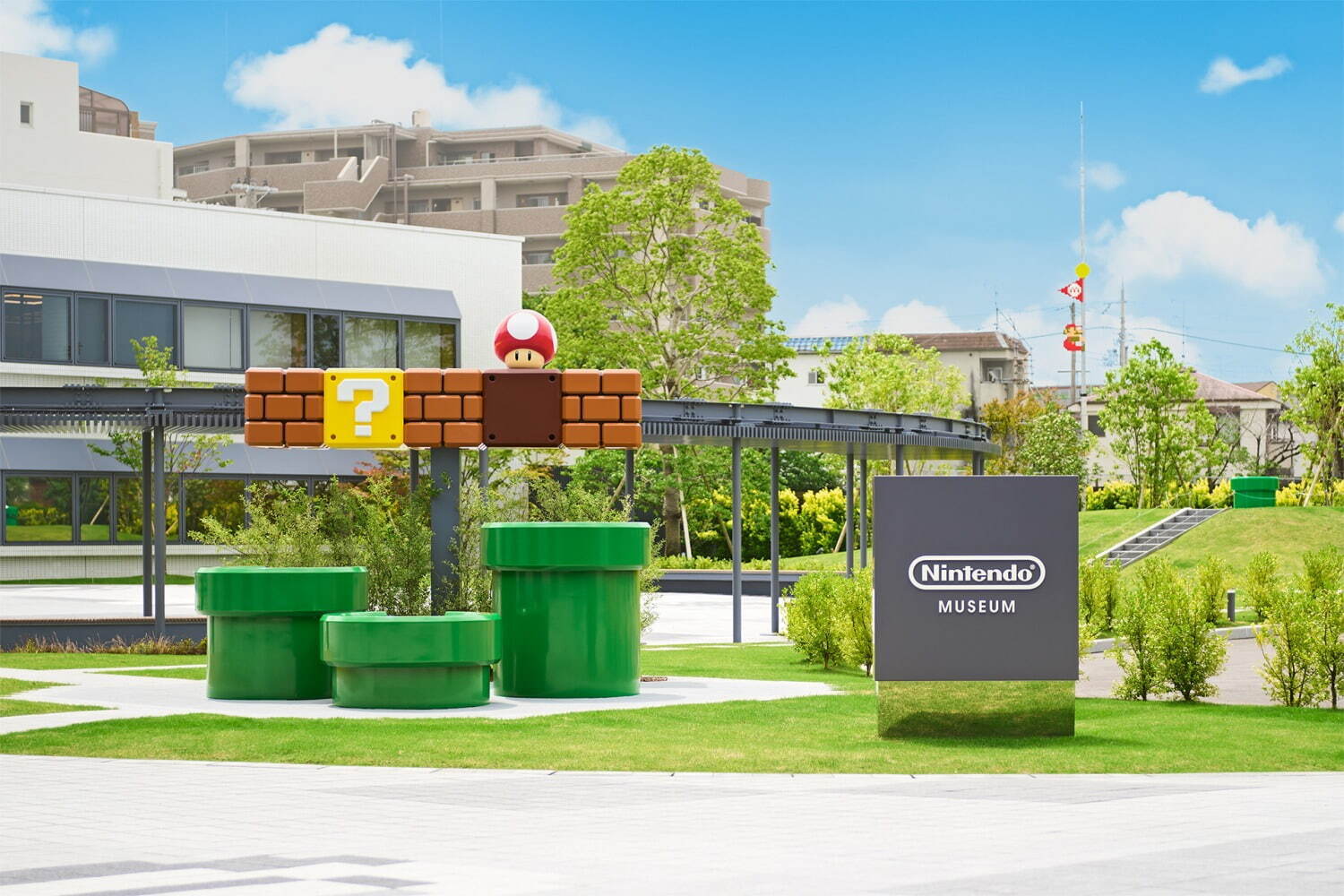
The Nintendo Museum, located in Uji, Kyoto Prefecture, is a dedicated space celebrating the extensive history and innovation of Nintendo. Opened on October 2, 2024, the museum is situated in the former Uji Ogura Plant, a site historically significant to Nintendo’s early operations.
The facility offers visitors an immersive experience, showcasing a vast collection of products and memorabilia that chronicle Nintendo’s journey from its origins as a playing card manufacturer to its current status as a global leader in the gaming industry. Exhibits include vintage consoles, classic games, and interactive installations, providing a comprehensive look into the company’s evolution and its impact on entertainment worldwide.
A Brief History of Nintendo
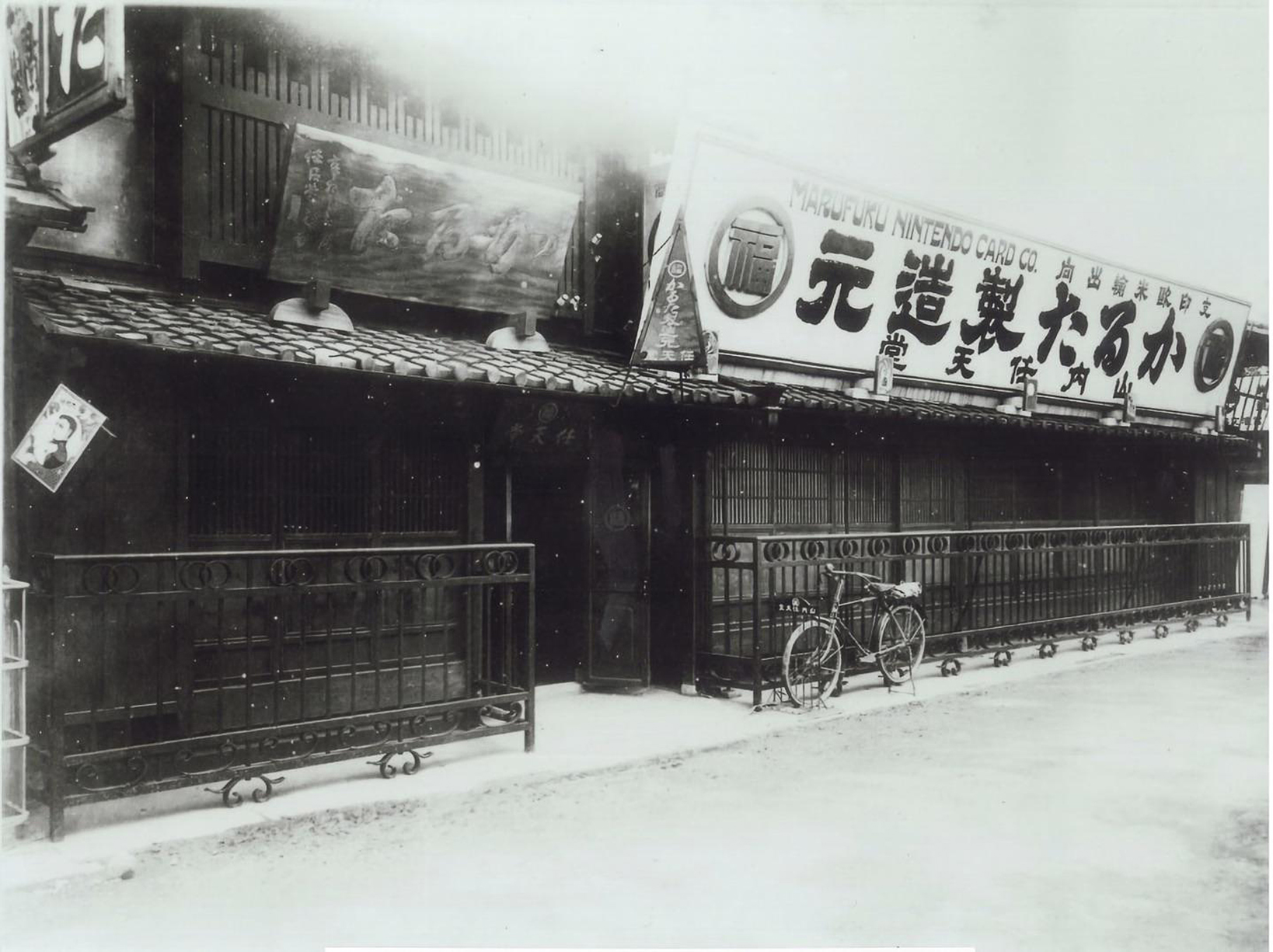
Nintendo’s journey began in 1889 when Fusajiro Yamauchi founded the company in Kyoto, producing handmade hanafuda playing cards. Over the decades, Nintendo explored various ventures, including taxi services, love hotels, and toy manufacturing, before entering the electronic gaming market in the 1970s. The release of the Color TV-Game series marked Nintendo’s initial foray into home gaming consoles.

The company’s global breakthrough came in the 1980s with the launch of the Nintendo Entertainment System (NES) and iconic titles like Super Mario Bros. and The Legend of Zelda. These successes established Nintendo as a dominant force in the gaming industry. Subsequent innovations, such as the Game Boy, Nintendo 64, Wii, and Nintendo Switch, have continued to shape the gaming landscape, solidifying Nintendo’s reputation for creativity and enduring appeal.
Can you visit Nintendo HQ in Kyoto?
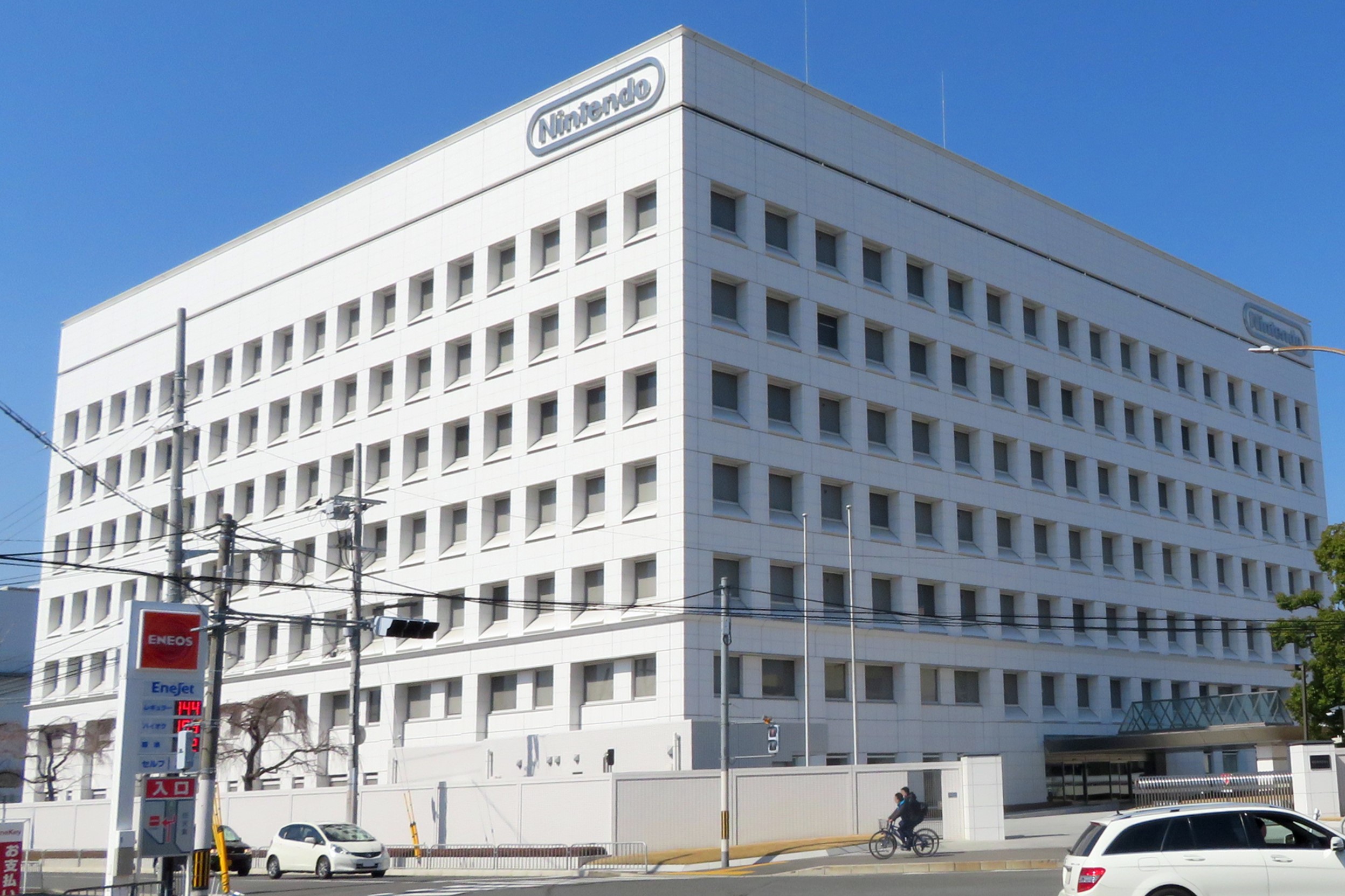
Nintendo’s global headquarters are also located in Kyoto, and while some enthusiasts make pilgrimages to view the exterior of these offices, it’s important to note that the headquarters are not open to the public, so visits are not available without prior appointments.
However, with the opening of the Nintendo Museum in Uji, visitors now have the opportunity to engage more deeply with the company’s history and products. Unlike the restricted access at the headquarters, the museum welcomes the public to explore its exhibits and interactive installations, offering a more immersive experience into Nintendo’s legacy.
What to See and Do at the Nintendo Museum
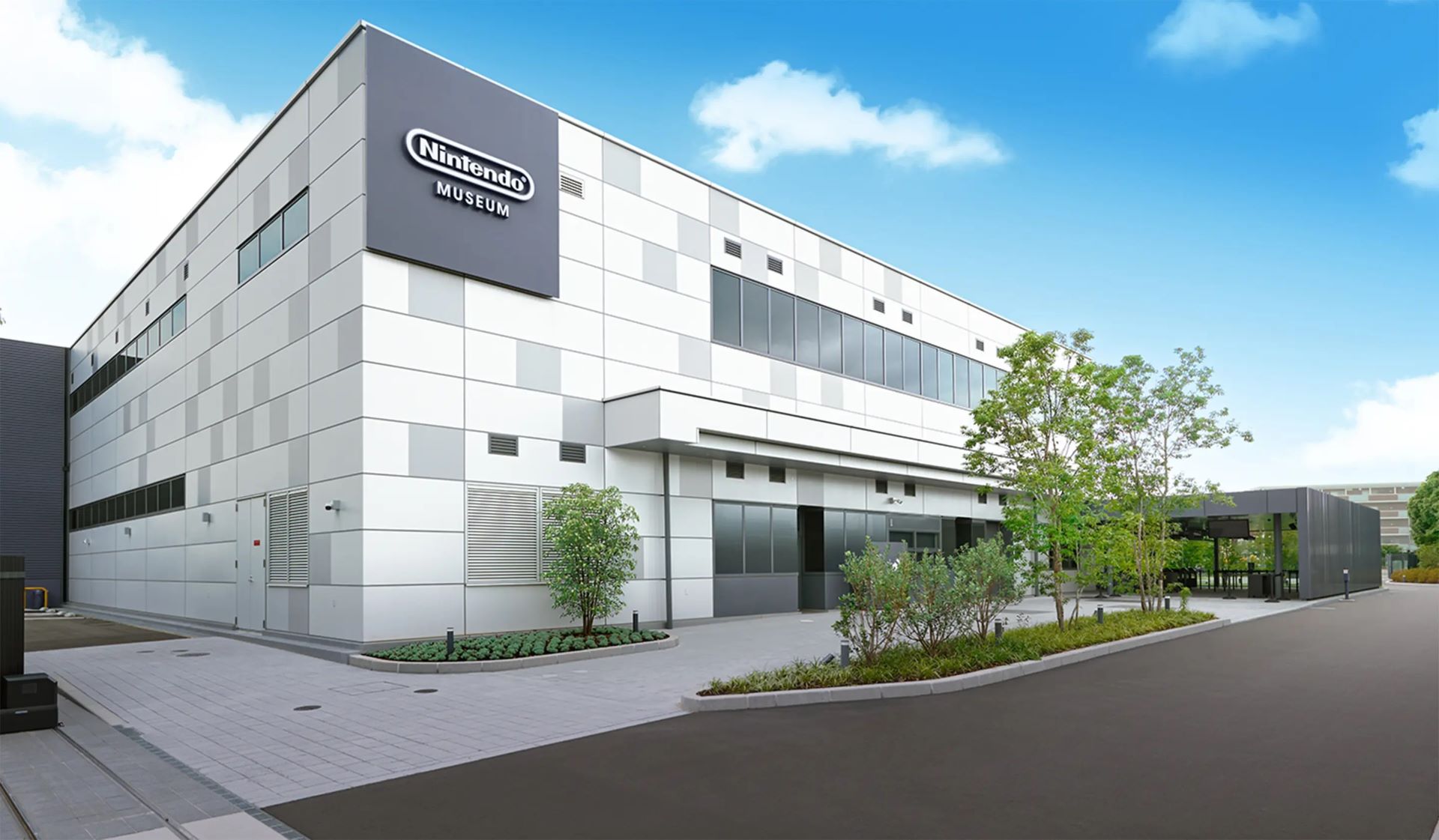
Visitors to the Nintendo Museum can enjoy a variety of exhibits and activities, including:
- Historical Exhibits: Explore displays showcasing Nintendo’s evolution from its origins as a playing card manufacturer to its current status as a gaming industry leader.
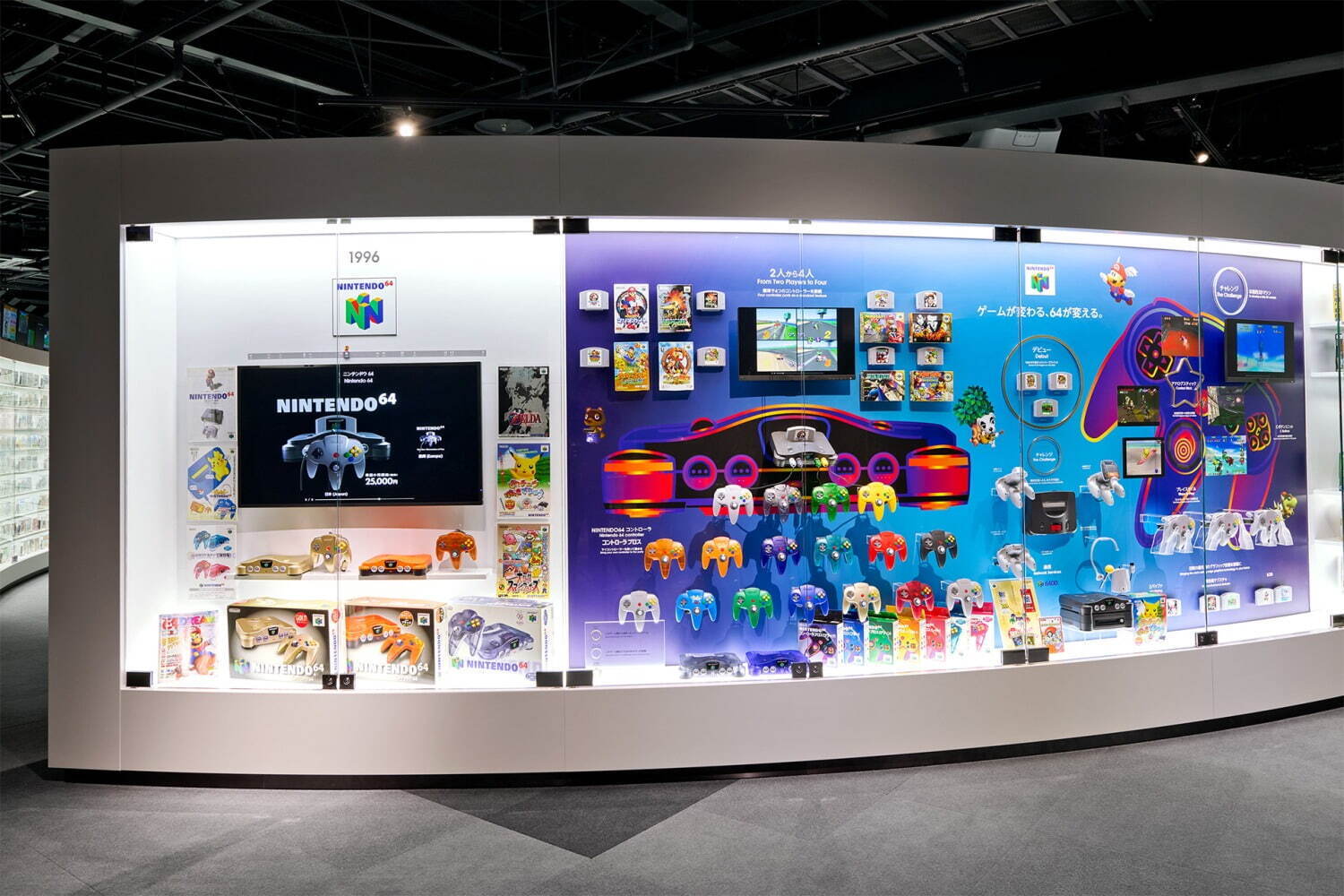
- Interactive Experiences: Engage with hands-on installations that bring classic Nintendo games and toys to life using modern technology.
- Craft & Play Workshops: Participate in sessions where you can create your own Hanafuda playing cards and learn traditional games.
- Café – Hatena Burger: Enjoy custom-ordered hamburgers and special drinks in a Nintendo-themed setting.
- Museum Shop – Bonus Stage: Purchase exclusive merchandise themed after Nintendo’s game worlds and characters, including items available only at the museum.
- Special Spots for Mobile Games: Access dedicated areas for games like Pikmin Bloom and Pokémon GO within the museum premises.
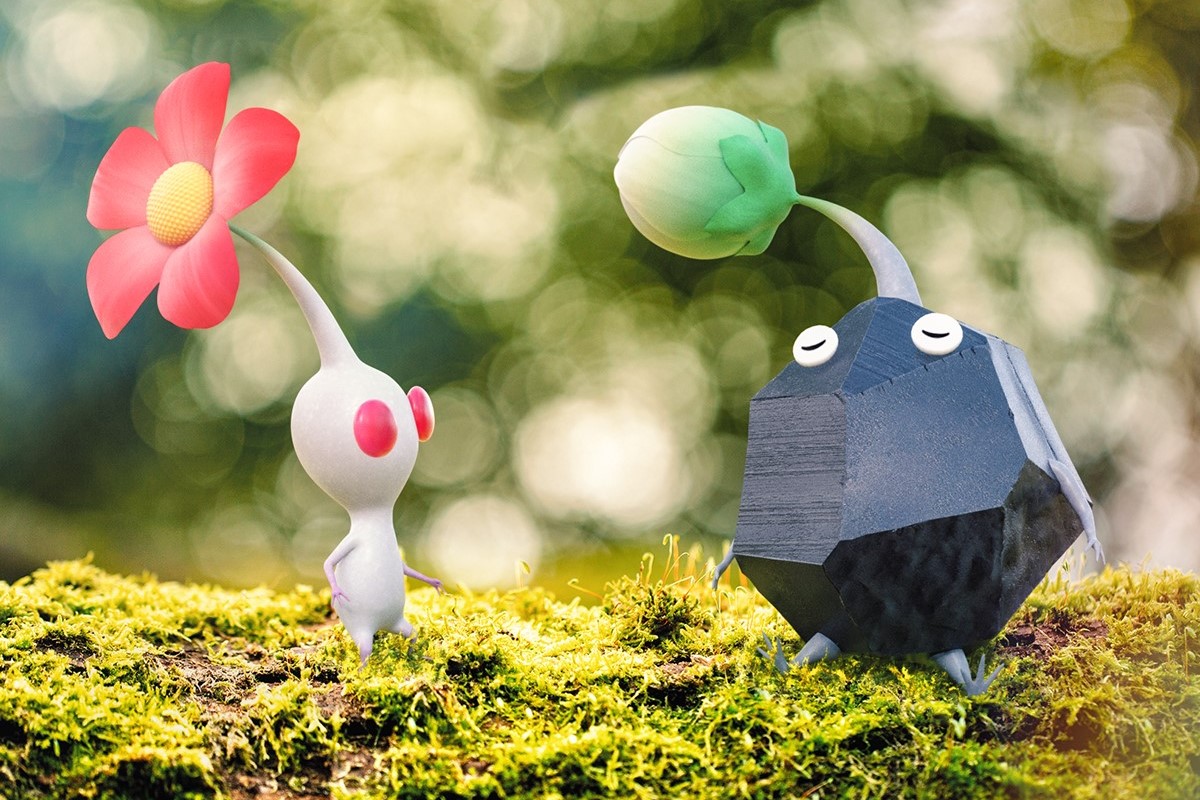
How do I get into the Nintendo Museum Japan?
To reach the museum, take public transportation to Ogura Station:
- Kintetsu Railway Kyoto Line: 5-minute walk from the East exit of Ogura Station.
- JR Nara Line: 8-minute walk from the North exit of JR Ogura Station.
It is recommended to use public transportation, excluding taxis, to reach the museum, as the museum does not provide parking spaces for cars, motorcycles or bicycles. However, accommodations can be requested in advance for those with special accessibility requirements.
For visitors using a wheelchair or stroller, please note that the underground passageway outside Ogura Station connecting the West and East exits has only stairs (no elevators or slopes). So in this case, visitors have to exit through the West Gate of Ogura Station and then walk to the museum.
Map:
Address:
56 Kaguraden, Ogura-cho, Uji-shi, Kyoto 611-0042
Hours:
Open from 13:00 AM to 6:00 PM (Tuesdays closed).
Price:
Please note that tickets are not available for purchase on-site and must be obtained in advance. Due to high demand, it’s advisable to apply as early as possible during the application period.
Tickets are reserved in advance through Nintendo’s official ticketing website.
For the time being, tickets are allocated via a lottery system, with applications accepted during specific periods. Successful applicants are notified and must complete the purchase by the specified deadline. Ticket prices are as follows:
- Adults: ¥3,300
- Children aged 12-17: ¥2,200
- Children aged 6-11: ¥1,100
- Children under 6: Free
Official Website:
https://museum.nintendo.com/en/index.html
Is the Nintendo Museum worth visiting?
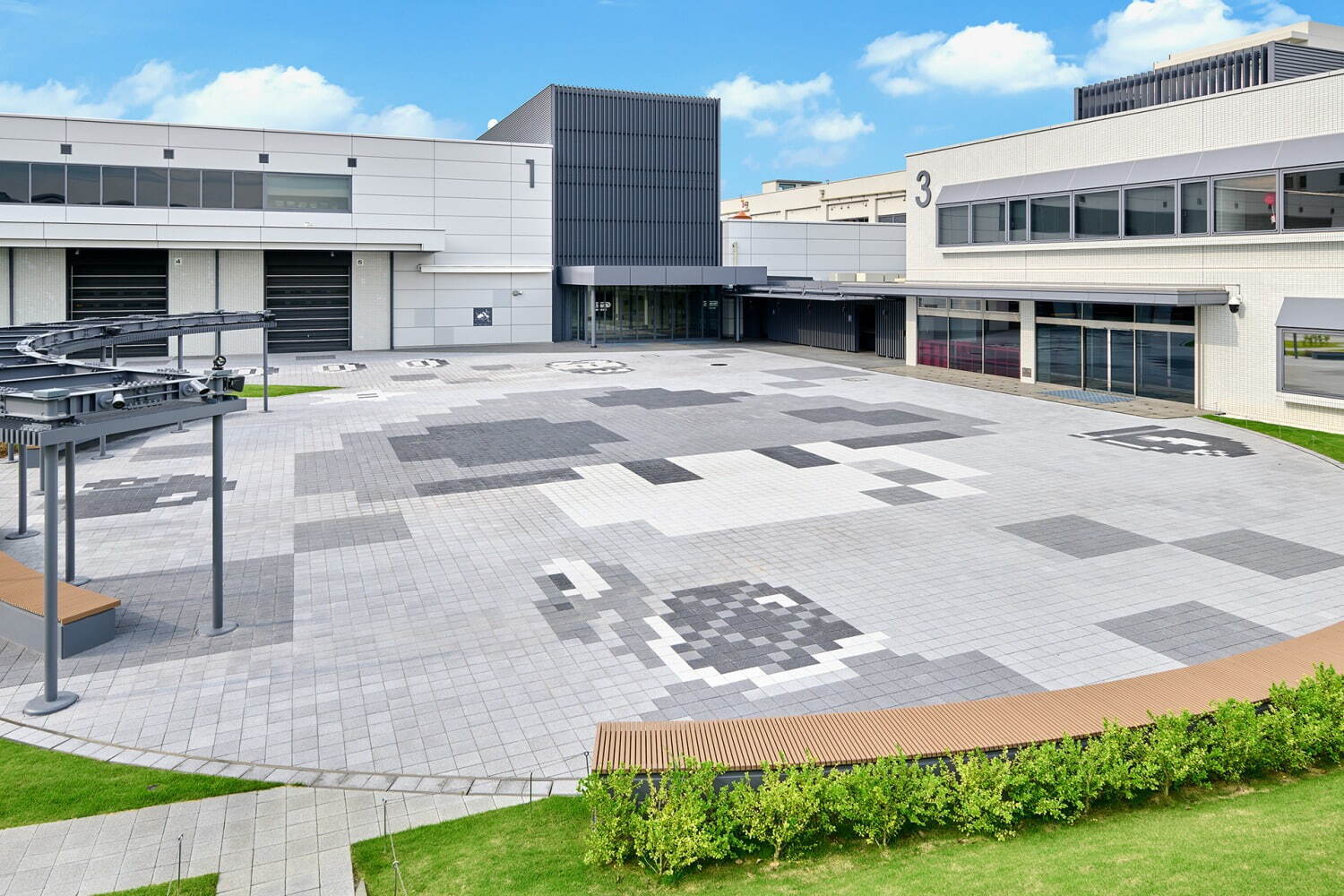
That goes without saying for Nintendo fans. The Nintendo Museum offers a unique experience for visitors interested in the company’s history, showcasing a comprehensive collection of Nintendo’s products, from its early to its current status as a gaming industry leader. Interactive exhibits allow visitors to engage with classic games and consoles, taking full advantage of the nostalgia factor.
However, the exhibits focus more on the products themselves rather than the creative processes and challenges involved in their development. Despite this, the museum’s engaging displays and interactive elements make it a worthwhile destination for those interested in Nintendo’s legacy.
Tourist Attractions Near the Nintendo Museum
While visiting the Nintendo Museum in Uji, Kyoto Prefecture, take the opportunity to explore several nearby historical and cultural sites that are an important part of the area’s heritage:
1. Byodoin
Byodoin (平等院) is a UNESCO World Heritage site, part of The Cultural Monuments of Ancient Kyoto, renowned for its Phoenix Hall, an exquisite example of Buddhist Pure Land architecture. Originally constructed in 998 as a villa, it was converted into a temple in 1052. The hall’s reflection on the adjacent pond creates a picturesque scene, and its image is famously featured on the Japanese 10-yen coin.
More info: Byodo-in: the World Heritage Buddhist Temple in Kyoto
2. Byodoin Omotesando
Leading up to Byodoin Temple, Byodoin Omotesando (平等院表参道) is a charming street lined with traditional shops and tea houses. Visitors can enjoy local specialties such as matcha-infused sweets and purchase Uji tea, for which the area is famous. The street offers a delightful blend of culinary delights and cultural experiences, making it a must-visit for those exploring Uji.
Map:
Official website: https://b-omotesando.com/list.html
3. Uji Bridge
Spanning the Uji River, Uji Bridge (宇治橋) is one of Japan’s oldest bridges, with origins dating back to 646 AD. The current structure has been reconstructed multiple times, maintaining its historical significance. The bridge offers scenic views of the river and surrounding landscapes, serving as a picturesque spot for photography and leisurely walks.
Map:
Official website: https://www.city.uji.kyoto.jp/soshiki/3/7508.html
▽Subscribe to our free news magazine!▽
For more information about traveling in Japan, check these articles below, too!
▽Related Articles▽
▼Editor’s Picks▼
Written by
Photographer, journalist, and avid urban cyclist, making sense of Japan since 2017. I was born in Caracas and lived for 14 years in Barcelona before moving to Tokyo. Currently working towards my goal of visiting every prefecture in Japan, I hope to share with readers the everlasting joy of discovery and the neverending urge to keep exploring.





